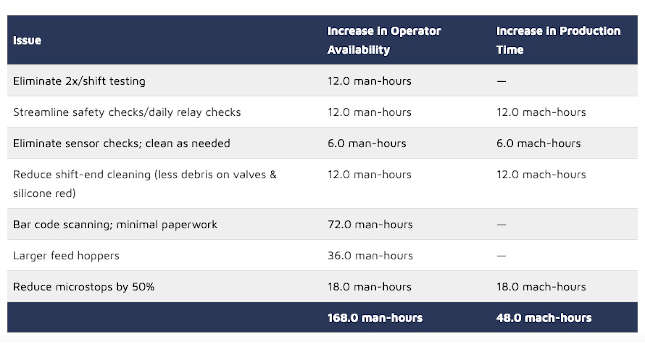The global green packaging market is expected to grow about 8% over the next five years, with the food and beverage market positioned as the largest consumer of green packaging materials.

Many food companies are transitioning to eco-friendly packaging as a way to preserve the environment and to appeal to environmentally conscious customers. The options available in eco-friendly packaging and the benefits companies can reap by going green make it an easy, smart transition. The global green packaging market is expected to grow at about 8% over the next five years, with the food and beverage market positioned as the largest consumer of green packaging materials.
Types of eco-friendly packaging:
- Plastics or bio-plastics made from corn, potato or other annually renewable sources that are compostable and biodegradable
- Bio-compostable plastic and paper products, which disintegrate and biodegrade completely and safely when composted in a municipal or commercial facility
- Bio-degradable materials that decompose, usually by bacteria or sunlight, into original organic components within a reasonably short period of time
- Recycled content — materials that have been recovered or diverted from the solid waste stream. Most plastics (PETs, PEs) are classified as recycled content.
Benefits of eco-friendly packaging:
Transitioning to eco-friendly packaging is great for the environment, but many food processors are finding added benefits of going green, including:
- Reducing excess packaging material, which results in lighter, smaller, and lower cost shipments
- Helping to attract and retain customers. Most consumers will choose an environmentally friendly package over conventional packaging
- Showing that the company cares about the environment and listens to customer concerns.
In most cases, a food plant can use its existing equipment and simply incorporate the new packaging material into its production line (i.e. recycled, PET, natural materials, etc.). The effects on the process flow are minimal.
Many companies that are transitioning to eco-friendly packaging are using soy ink to print product information. This ink is low in volatile organic compounds (VOC) that can harm the environment at high levels and is available in bright colors that petroleum-based inks cannot match.
– Kyle Lawrence is a process engineer at Stellar. This article originally appeared on Stellar Food for Thought blog. Stellar is a content partner of CFE Media. Edited by Joy Chang, digital project manager, CFE Media, [email protected].
Stellar is a CSIA member as of 7/6/2015



